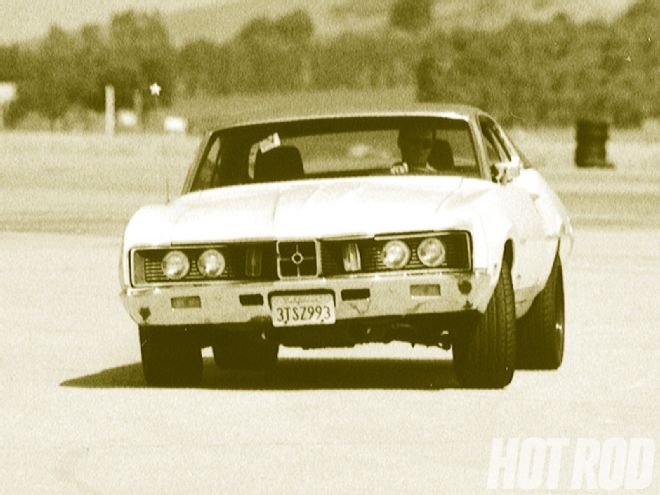
Welcome to Project MONTE1gO. It's an unpronounceable name for a seemingly impossible goal: make a cornering car out of a big bag of old Detroit mush. One lateral g on the skidpad without rattling our fillings out of our heads on the highway or munching expensive tires with bizarre alignment specs is the goal. Pulling off this seemingly Herculean feat in a Camaro or Mustang, especially a newer one, is easy. Compared to our boat, they're lithe and have a ton of parts available. But in a chunk-style 30-year-old rolling oddball unibody slug like this? What were we thinking?
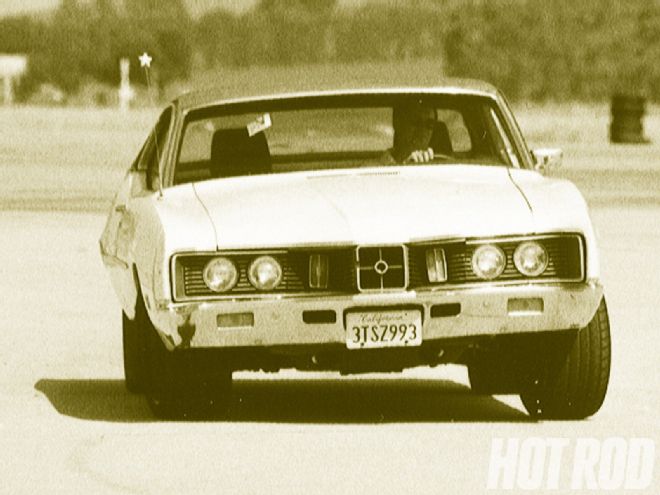
What we were thinking was, first and foremost, it's a challenge. A project isn't really a project if you know for certain that you can reach your goal, whatever it may be. Plus, it's a Merc, and we've been hearing forever that we don't pay any attention to them. We hope this is Merc enough for you. Plus, Cleveland motors haven't seen ink in a good, long time, and this car has one. Besides, not everyone has a Camaro or Mustang.... Part of our grand "Dare to be Different" push is to give hope to someone who only has a _____ [fill in the blank with whatever vehicle you own and that is never seen in a magazine like Hot Rod] and to show that there is hope.
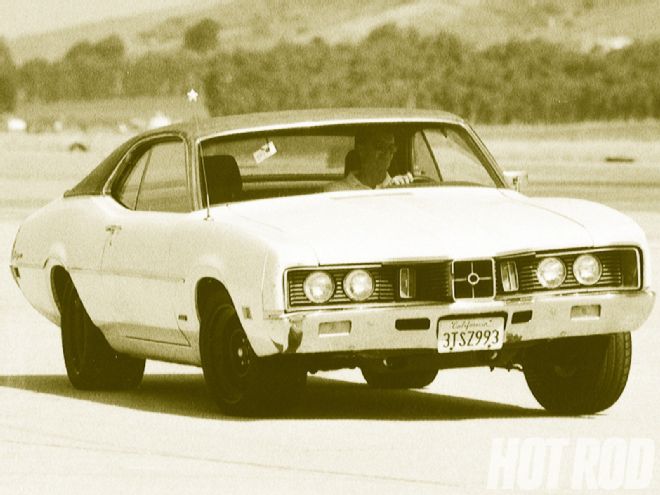
Hot Rod doesn't talk much about handling, although we are moving toward the functional Pro Touring aesthetic as the wave of the future. Pro Touring-named by our cohorts at Chevy High Performance but embraced by HOT ROD long before the concept had a name-takes the same professional level of building as Pro Street, but it adds the elements of balance and driveability. With Pro Touring, the idea is that you really CAN have it all: today's performance and environmental friendliness combined with yesterday's style, updated into a modern-performing package to be driven on a daily basis. An overdrive tranny is coming, and we're still toying with fuel injection. Our ride has a bit of NASCAR flair by default; since David Pearson ran a Cyclone throughout the early '70s, it would be foolish not to capitalize on it somehow.
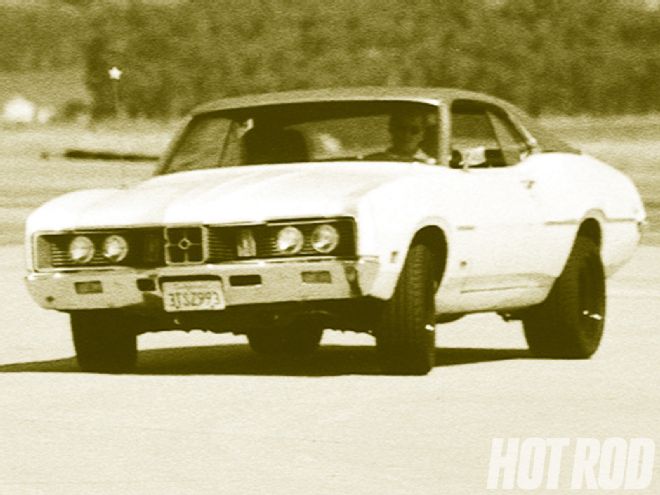
We purchased our car from its third owner for the princely sum of $750. It was shockingly original, down to the factory-spec single exhaust with the original muffler and crunched tailpipe, and it is now your author's daily driver. We learned of this original California car's existence via Rob Day and his '70-'71 Cyclone/Montego/Torino registry (HR01, 19 Glyn Drive, Newark, DE 19713; $2 for a newsletter), and we'll say it again: If you're into these cars, two bucks for a registry newsletter and its big classified section will net you more info, parts, and tips on these monsters than you can possibly stand.
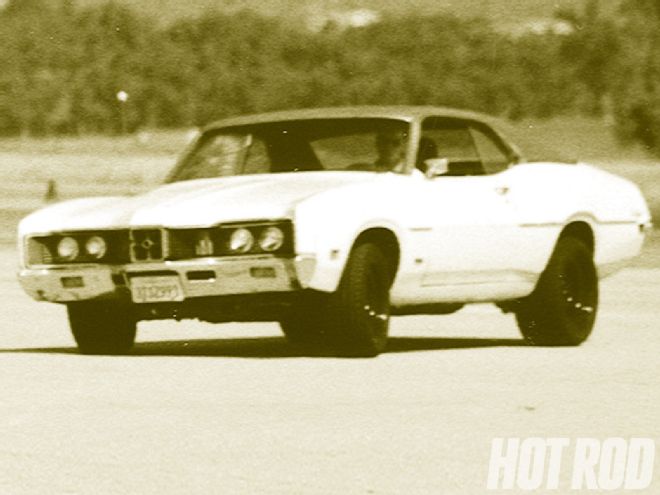
You'll be seeing more of our Montego in the months to come. It will be a test mule for everything from seat installations to a hopped-up 351C. The suspension, the raison d'être for the project, will come first: The front end will be installed this month, the subframe connectors and rear suspension in subsequent months-all with full instrumented testing. Vanities, such as paint, will follow. Stay tuned as we try to suck the stubble off of our cheeks.
Endless Grip, Coming Up! - Part One
Suspension tuning is an exact science, but to the uninitiated it seems more like a black art. Between spring rates, shock valving, sway bars, tires, caster, camber, toe-in, front-to-rear balance, and other variables, you can change one component and alter the entire feel and performance of your vehicle-for better or worse. Modern performance cars usually have things more or less dialed in from the factory, but there's still plenty of room for improvement; it's the older cars, which didn't handle well even when new and are worse now that its components are worn, that need the most help.
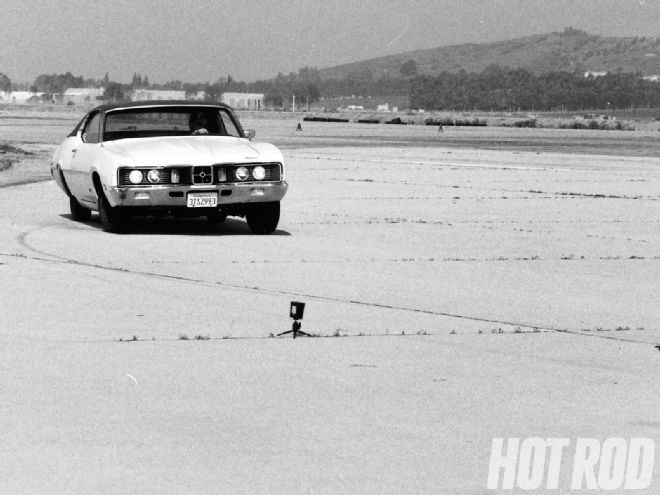 Before...
Lateral acceleration 0.73g 600-foot slalom 56.5 mph
Before...
Lateral acceleration 0.73g 600-foot slalom 56.5 mph
Our Montego has a 117-inch wheelbase, weighs 3,675 pounds (without driver), and has a crummy 59/41 weight distribution with the 351 Cleveland. Our goal is to pull 1 lateral g around a 200-foot skidpad. This means that the force exerted on the car sideways will be equal to the pull of gravity, which, of course, keeps it stuck on the ground. Plus, the package has to be street driveable: no rollcage, no weird tire alignments, and no 1,200-pound spring rates. Short of finding a '65 Galaxie to hack up for its front suspension (like the NASCAR boys did when they were running cars like these in the late '60s and early '70s), we'd need some very serious suspension work.
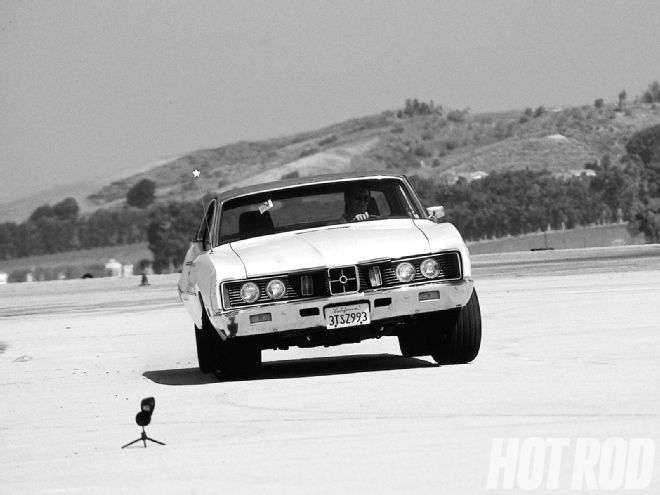 After!
Lateral acceleration 0.90g 600-foot slalom 67.5 mph
After!
Lateral acceleration 0.90g 600-foot slalom 67.5 mph
With the undersized 185/75R14 donuts howling for mercy and the rocker panels scraping tarmac, Motor Trend tester Mac DeMere coaxed our Montego to a 0.73g on the skidpad and made it through the slalom in 7.22 seconds at 56.5 mph. Despite 140,000 miles, crap tires, and a worn suspension, we chalked up those surprisingly good numbers to the car's w-i-d-e stance and 25 years of tire technology (even today's worn Blue Light Special rubber is better in the corners than yesterday's bias-plies).
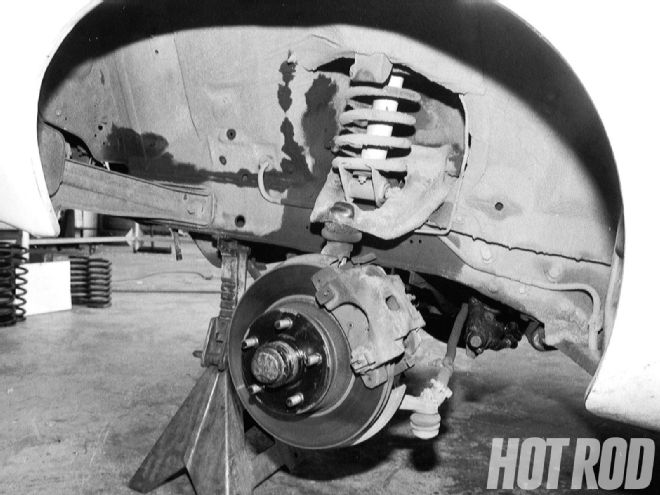
One of the top suspension engineers for street and race GM and Ford cars is Doug Norrdin of Global West in Rialto, California. He's been making old Mustangs stick like glue to sandpaper for decades now, despite what many see as a complicated suspension arrangement. He's even made a '78 T-bird pull a 1.2 g. If he can do that, then 1 g should be no sweat with the Merc. The Montego's front-suspension components operate the same as just about every '64-'73 Mustang (a number of pieces are even interchangeable with the '71-'73), and as such, geometry tuning techniques transfer between lines. In other words, what we're doing to the Montego will work even better on your Mustang.
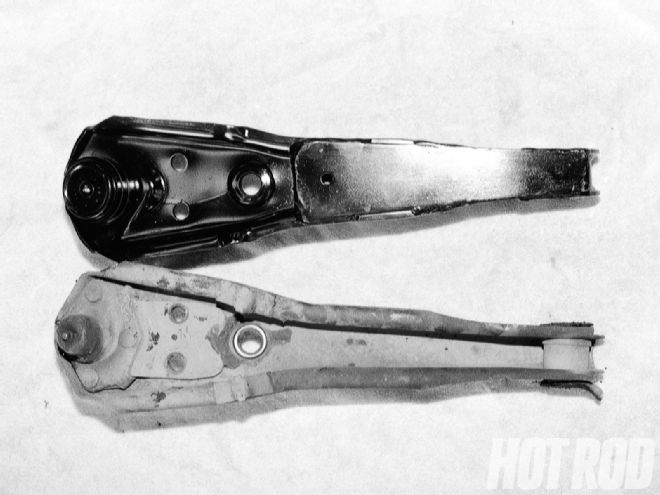 Boxed stock lower control arms (top) are fitted with spherical aircraft-quality bearings.
Boxed stock lower control arms (top) are fitted with spherical aircraft-quality bearings.
Norrdin has developed what he calls the Negative Roll system. Though the technology is no longer new, it merits some discussion. While cornering, the goal is to keep as much of the tire tread on the road as possible. The more tire on the pavement, the better your ultimate grip. Easy, right?
Not so fast. As you toss your stock suspended Ford into a hard lefthand turn, the right-front tire loads up. As the suspension compresses and the right-front tire goes up into the fender, the top of the tire leans out toward the fenderwell lip. This happens thanks to several factors: the tire sidewall rolling in under the rim as you turn, the lateral force of the body on the suspension telling it to move that way, and the geometry of the A-arms allowing the wheel and tire to point in that direction.
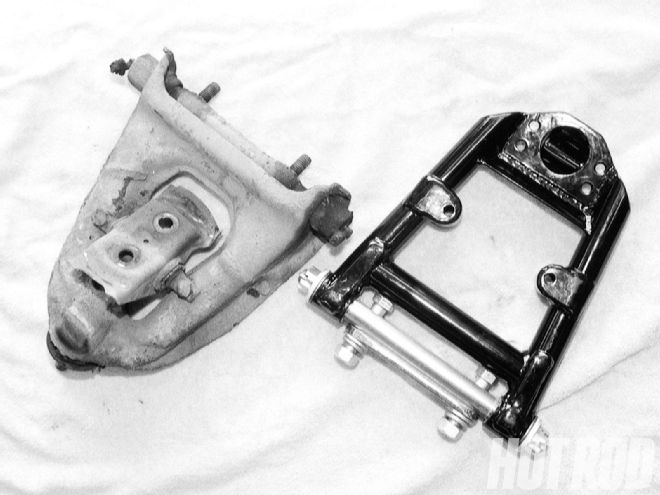 Global's Negative Roll upper A-arm (right) is shorter than the stock stamped piece and mounts lower in the shock tower. It's engineering art, suitable for framing. Ball joints and hardware also come with the kit; spring perches are a Ford dealer item.
Global's Negative Roll upper A-arm (right) is shorter than the stock stamped piece and mounts lower in the shock tower. It's engineering art, suitable for framing. Ball joints and hardware also come with the kit; spring perches are a Ford dealer item.
With the Negative Roll system, the geometry has been altered, so that while in the corner, the top of the loaded tire actually leans in toward the engine bay, which means that the tire maintains its full contact patch with the ground while under load. The top of the inside tire, meanwhile, leans out for maximum tire contact. This altered geometry compensates for all cornering forces generated by the chassis and suspension under load. Of course, if you have too much negative camber on a street application, you're running around on the inside edges of your tires, which is no good either. Street alignments and race alignments differ; a degree either way can make the difference between a cool daily ride and needing a new set of expensive tires in 5,000 miles.
Now, we all know the old Shelby trick of dropping the stock upper A-arm lower in the shock tower for improved handling. Norrdin takes that idea and goes one step further with his gorgeous tubular upper A-arm, which is at the heart of the Negative Roll package. Thanks to the geometry change and a proprietary drop in the shock towers, these pieces alone do much of the work. New ball joints and his exclusive Del-A-Lum bushings, plus new lower control arms boxed for strength and featuring spherical aircraft-quality bearings, complete the Global West hard parts.
The springs are stiff 750-pounders-more than you would think prudent for a street car. Frankly, we were horrified at the thought of replacing the factory coils with pieces that have nearly twice the wire diameter, imagining the damage they'd do to the ride. But Norrdin sought to soothe our fears by telling us, "In the old days, Trans Am cars ran 900-pound front springs.... Now, you can get the same grip using 500- to 600-pound front springs and a better ride thanks to advancements in suspension geometry."
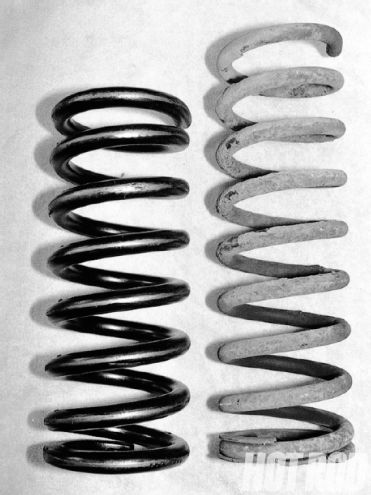 New 750-pound front springs are inches shorter than the stock pieces and were cut (not torched) one full coil. Miraculously (or rather, thanks to proper engineering), ride does not suffer as a result, and the ride height remains nearly stock thanks to the new spring's starch.
New 750-pound front springs are inches shorter than the stock pieces and were cut (not torched) one full coil. Miraculously (or rather, thanks to proper engineering), ride does not suffer as a result, and the ride height remains nearly stock thanks to the new spring's starch.
Norrdin recommended Koni shocks (Koni was kind enough to custom-make a set of five-way units for us; trivia buffs will note that the Montego shock differs from a '71-'73 Mustang shock by a 3/8-inch longer housing) and an ADDCO 1 1/8-inch sway bar that we covered in a separate install in the July issue ("Belly Up to the Bar").
With just the Negative Roll kit, Konis, and the ADDCO bar, we generated a 0.77 lateral g, and, more telling, the Montego made it through the 600-foot slalom in 6.85 seconds at 61.5 mph. A 0.04g bump and an extra 5 mph through the cones, considering the miserable 185/75R14 tires, is a vast improvement; better still was the seat-of-the-pants difference that far outweighs the spike in the numbers. Frankly, we had more suspension than the tires could handle at this point; a car with proper tires to start with-even 60-series or 65-series 15s-would undoubtedly show a greater before-and-after difference. As a bonus, body roll was virtu-ally gone-the photos are far more dramatic than the story behind the wheel.
To recap the wheel and tire combo, the Wheel Vintiques Chevy-style Rallys (17x8 front with a 4 1/2-inch backspace, 17x10 rear with a 6-inch backspace) with black powdercoating and chrome lug nuts lend a feel of vintage NASCAR tough. We could have gone with lighter wheels to help our cause, but we think the steelie look just works here, and we're prepared to pay the weight penalty. For tires, we chose Michelin Pilot MXX3 rubber, 275/40ZR17 front and 315/35ZR17 rear. In our experience, Pilots are some of the finest all-purpose street-performance tires available-they're smooth, silent, and sticky. They fit fine without tubbing, rubbing, or fender-lip rolling.
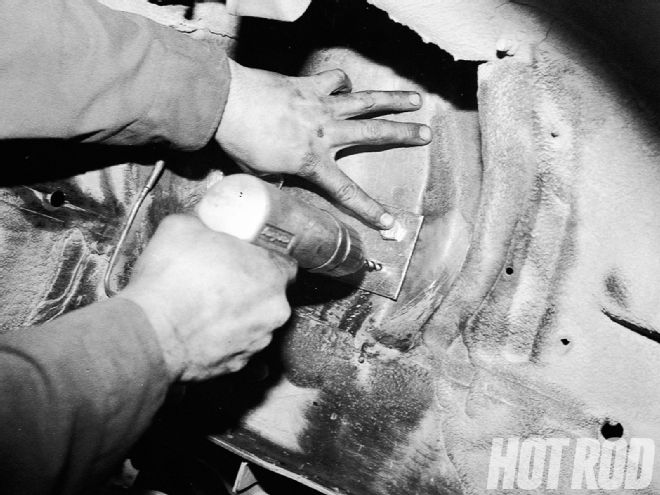 Here, the adapter template is used to drill new mounting points into the shock tower.
Here, the adapter template is used to drill new mounting points into the shock tower.
With the Pilots we bolted on, pulled a stiff 0.90 g around our 200-foot pad and scooted through the slalom in 6.16 seconds at 67.5 mph. An extra degree of camber, an alignment that you can drive on every day, would probably net another hundredth or two on the skidpad and maybe another tenth through the slalom (we drove it with the alignment for the 14-inch tires due to time constraints).
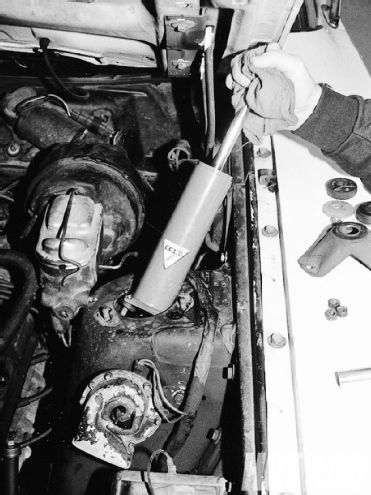 The five-way adjustable Konis are dropped in from the top of the shock tower. Adjustment is controlled from an eyelet at the top of the shock and is easily accessed underhood. It's not a standard production piece at this time.
The five-way adjustable Konis are dropped in from the top of the shock tower. Adjustment is controlled from an eyelet at the top of the shock and is easily accessed underhood. It's not a standard production piece at this time.
We're very pleased with the skidpad number for now and realize that we'd be closer to the magic 1 g if we'd made these changes to a Mustang. Meanwhile, we have been informed that we now get through the slalom as fast as, or faster than, a new Corvette... at a fraction of the price. How many 3,900-pound daily drivers can say that?
Best of all, when the Konis are turned to full soft mode, the ride doesn't rattle your teeth. The ride is firm without being tiring, and it eats up most freeway expansion joints better than the worn suspension did when it was stock. Stiffly-sprung long-wheelbase cars are naturally smooth riding compared to short-wheelbase cars sprung similarly, and we must admit that the 750-pound front springs are deceiving: They keep things upright in the turns but allow just enough compliance on the highway. Plus you can still make 90-degree turns at speeds that would send an unmodified car understeering into oncoming traffic. The difference is dramatic and glorious.
We still have a long way to go before we hit our goal of 1 lateral g. Squeezing a couple more points out of the chassis is like squeezing a few more hundredths out of your engine: a lot more work for a small, if definite, result. See you next time for the subframe connectors.
200-ft Skidpad Modification Slalom sec/mph Skidpad Stock, worn 7.22/56.5 0.73g Global West Negative Roll kit, ADDCO sway bar, Koni shocks 6.85/61.5 0.77g As above with 17-inch Michelin Pilots and Wheel Vintiques rims 6.16/67.5 0.90g More to come...
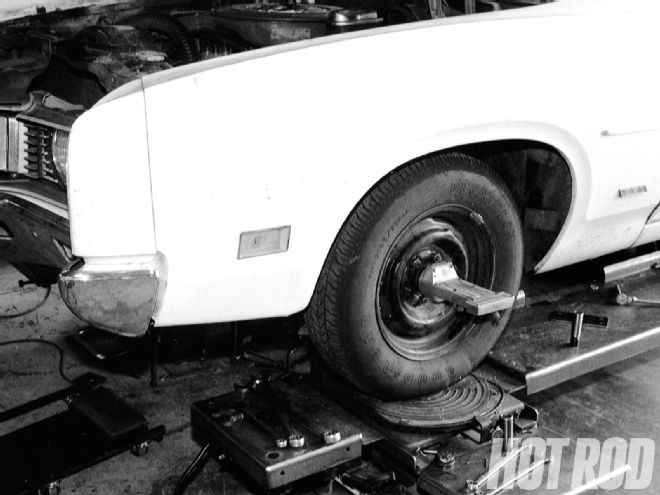 Proper geometry can mean getting the most out of your cornering. A trip to an alignment shop will mean that you will get the most out of your modifications.
Proper geometry can mean getting the most out of your cornering. A trip to an alignment shop will mean that you will get the most out of your modifications.